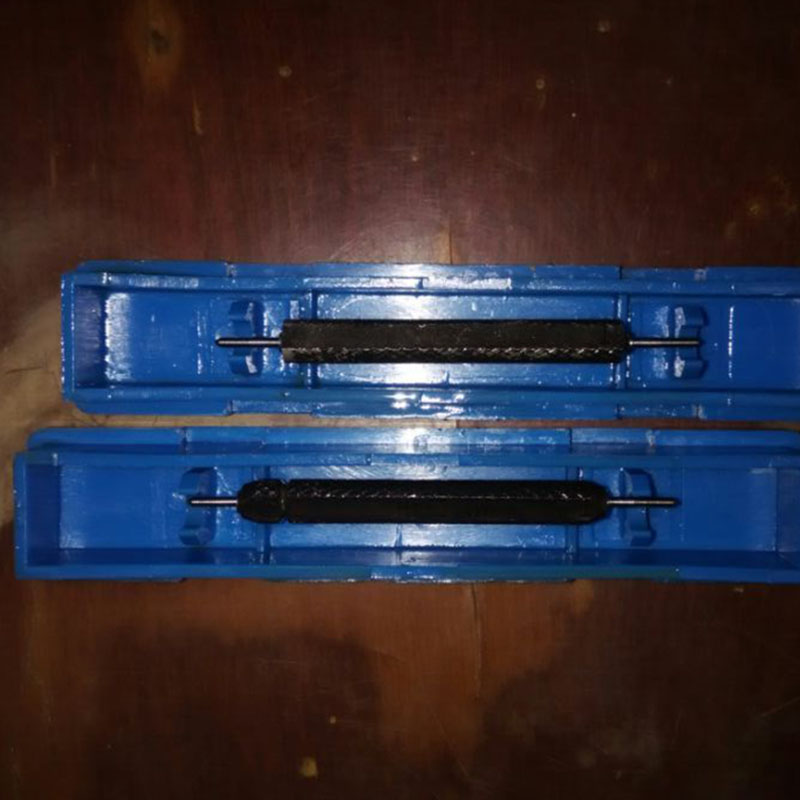Aug . 14, 2024 10:11 Back to list
Creating Versatile V Blocks for Efficient Machining and Precision Workholding Solutions
Making V Blocks A Guide to Precision Machining
V blocks are essential tools in the world of precision machining and fabrication. They are primarily used for holding cylindrical objects, facilitating accurate cutting, grinding, or measurement. Their distinctive 'V' shape accommodates round or irregularly shaped workpieces, ensuring stability and precision during various machining operations. This article outlines the process of making V blocks, discussing the materials, tools, and techniques involved.
Materials
The first step in making V blocks is selecting the right materials. V blocks are commonly made from hardened steel, aluminum, or even cast iron, depending on the required durability and precision. Hardened steel is preferred for its ability to withstand wear and tear while maintaining dimensional accuracy. Aluminum, while lighter and easier to machine, may not provide the same level of precision or durability. Cast iron offers good stability and vibration dampening, making it suitable for specific applications. Ultimately, the choice of material will depend on factors like intended use, budget, and required precision.
Tools Required
Creating V blocks necessitates a range of tools typically found in a machine shop
. Key tools include1. Lathe To create precise cylindrical features and contours. 2. Milling Machine For machining flat surfaces and the V shape. 3. Surface Grinder To refine the surfaces and achieve high accuracy. 4. Drill Press For any holes that may need to be added for fastening or guiding. 5. Calipers and Micrometers To measure dimensions accurately and ensure precision at every stage.
Step-by-Step Manufacturing Process
making v blocks

1. Designing the V Block Before machining begins, it’s critical to draw up a detailed design, including the dimensions of the block and the angle of the ‘V.’ Common angles for the V are typically 45 degrees, but this can vary depending on the specific application. Using CAD software can help visualize the final product and make adjustments easily before beginning the machining stage.
2. Rough Machining Once the design is finalized, the material is cut to size using a bandsaw or appropriate cutting tool. This rough block will be larger than the final dimensions to allow for finishing processes, ensuring that any errors can be corrected.
3. Milling the V Shape The next step involves setting up the blank on a milling machine. The material is then milled to create the ‘V’ groove. This is often done by tilting the workpiece at the desired angle and utilizing an end mill to carve out the shape. Careful measurements are crucial at this stage to ensure the angle and depth of the ‘V’ are consistent.
4. Finishing Work After the initial machining, the block is moved to the surface grinder, where the finished surfaces are ground to achieve high precision. This step is essential for ensuring that the V blocks can hold workpieces securely without slipping.
5. Drilling and Tapping If required, the final stage may involve drilling holes for mounting or fastening purposes. Tapping threads in these holes can allow for the attachment of fixtures or the joining of multiple blocks.
6. Quality Control Finally, the completed V blocks undergo thorough inspection using calipers and micrometers to confirm that they meet the predetermined specifications. Any discrepancies must be addressed before they can be deemed ready for use.
Conclusion
Making V blocks is a refined process that requires careful attention to detail and precision machining skills. By selecting the appropriate materials, employing the right tools, and following deliberate steps, machinists can create versatile and accurate V blocks that play a crucial role in various manufacturing and fabrication processes. Whether in a hobbyist's workshop or a large-scale factory, V blocks are invaluable assets that enhance efficiency and accuracy in machining tasks.
-
Flanged Gate Valve: A Reliable Choice for Industrial and Municipal SystemsNewsAug.20,2025
-
Soft Seal Gate Valve: A Modern Solution for Reliable Pipeline ControlNewsAug.20,2025
-
Gate Valve Types: Understanding the Options for Your Pipeline SystemsNewsAug.20,2025
-
Y Type Strainer: Essential for Clean and Efficient Flow SystemsNewsAug.20,2025
-
Cast Iron Y Strainer: Durable Solutions for Demanding ApplicationsNewsAug.20,2025
-
Flanged Y Strainer: An Essential Component in Industrial Filtration SystemsNewsAug.20,2025
Related PRODUCTS









